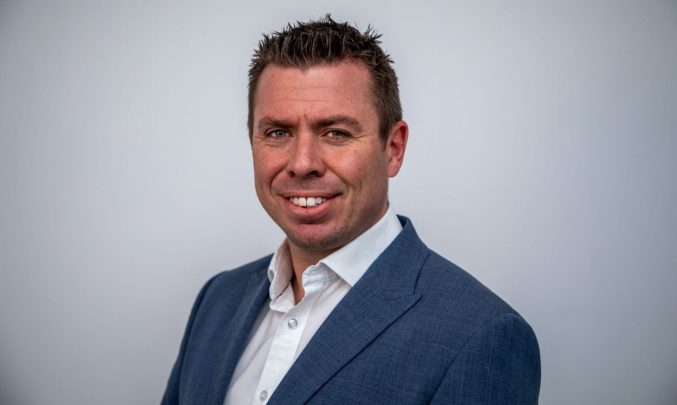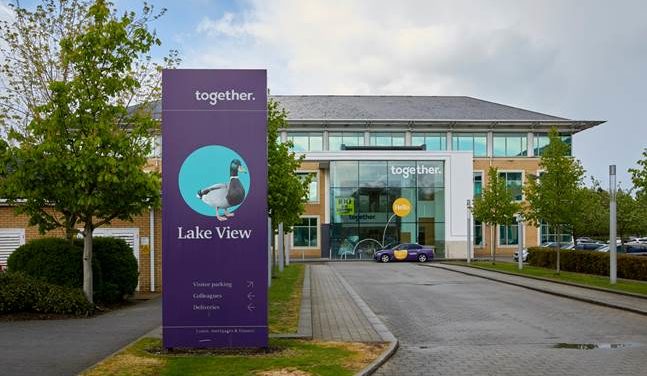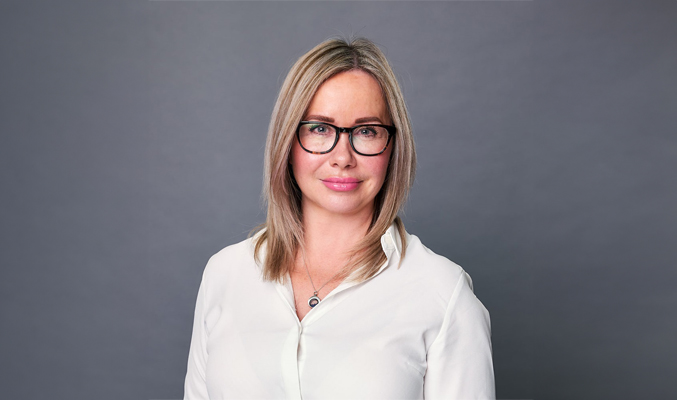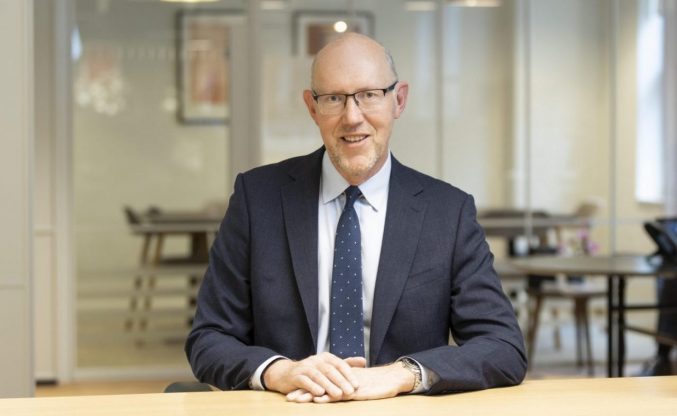Visible Women: How to change the face of bridging
By Laura Miller
Finance has a female problem. Walk into any office in the City or industry conference, look around and you’ll see it – or rather you won’t. The curious case of the invisible women is making companies less profitable and slower to innovate.
“The numbers of women entering financial services have been historically lower than men and this goes right back to schools and the presentation of careers in finance as being ‘jobs for the boys’,” says Clare Jupp, director of people development at broker Brightstar Financial.
Women make up only 17 per cent of engineering, technology and computer science undergraduates, and 37 per cent for maths, the Higher Education Statistics Agency found in 2017, courses that lead to better-paid jobs, often in finance.
Longstanding and socially ingrained female stereotypes often lead teenage girls to pick careers in the caring professions – valuable and vital but often poorly paid and with fewer opportunities to progress.
By comparison finance offers a very fluid career path and greater chances to move from say banking to bridging. But that can create a pipeline of men from one part of financial services flowing into other parts, with little diversity to shake things up.
“The bridging sector seems to be flooded by ex-bankers from the larger banks also dominated mainly by males, so there is a lack of females coming into the sector from there,” says Michael Primrose, managing director at broker The Property Finance Collective.
All boys clubs can create a climate of exclusivity that tells others finance generally, and bridging in particular, is not for them. “I have seen a feeling from many female professionals that there is a fear of being unwelcome or having to work in an unbalanced environment,” says Primrose.
Does it matter that few women enter finance? Yes, and not just to modernise the industry and make it better reflect the world around it, but in terms of the ultimate judge of companies, the bottom line.
In a 2018 report by McKinsey, a management consulting firm, titled Delivering Through Diversity, gender diversity in management positions increased firms’ profitability by as much as 21pc. A separate study by the California Institute of Technology found female-run businesses perform as well as or better than those led by men.
“It is massively important for the success of the bridging industry to improve gender balance,” says Faye Wilcox, director at headhunting firm Valorem Partners, who finds the best candidates in the specialist lending sector. She adds: “In a fast paced, super competitive and ever-changing industry, I truly feel we should all be contributing to support the Women in Finance Charter.”
In 2016 the UK government launched the HM Treasury Women in Finance Charter to encourage the financial industry to improve gender balance in senior management. Firms that sign up to this Charter are pledging to be the best businesses in the sector by committing to the following principles:
- having one member of senior executive team who is responsible and accountable for gender diversity and inclusion;
- setting internal targets for gender diversity in senior management;
- publishing progress annually against these targets in reports on its website;
- having an intention to ensure the pay of the senior executive team is linked to delivery against these internal targets on gender diversity
“From a recruitment perspective, I was always surprised at how often clients would propose to me they are looking to hire a man,” says Wilcox. “I don’t hear it as much anymore within the bridging industry and since 2018 there has been an increase in females within the industry and also within senior positions.”
Wilcox says the Charter has helped drive improvement. “What is now extremely positive and refreshing is occasionally clients will say they are working hard to support their pledge for the Women in Finance Charter and that is great to hear,” she says.
If companies were willing to offer more flexibility around working from home or part time hours even more women would enter the industry and stay, especially in management and C Suite level roles, Wilcox says. “There should be no reason why a woman cannot achieve their aspirations of being a mother while combining this with having a successful career,” she adds.
Effort also needs to start early to overcome social biases that can keep women out of a lucrative career in finance.
“There needs some grassroots education to encourage women to choose finance as a career, coupled with raising awareness at what opportunities and career paths exist,” says Tracey North, head of business development at lender Hope Capital.
Some players in bridging are already acting. Earlier this year The Property Finance Collective rebranded from The Property Finance Guy to promote the team as a whole, and brought in two women employees under the age of 26 to start building up a pipeline of female talent.
“There is a definite lack of young women in the industry, and I believe if we can address this now we will see more equality across the senior roles in the future years,” says the firm’s Primrose.
Bridging organisations need to “do their bit” through links with schools, work experience placements and by actively seeking female applicants by looking at their recruitment practices and job advertisements, says Brightstar’s Jupp, who works with schools and careers events to promote the profession.
She also points to the role the media – not exempt from criticism about male bias – can play in better representing diversity in the industry.
“Publications need to ensure contributors, commentators, and panellists are chosen to reflect our diverse society, even if the sector is imbalanced in some areas,” she says, something Clara Media’s titles Bridging Loan Directory and Specialist Finance Directory are trying hard to achieve.
She adds: “The more financial services keeps presenting the same ‘pale, male and stale’ image, the less likely you will be to attract people outside these groups, perpetuating the issue.”
Visible women in finance become role models that encourage other women to join in a positive feedback loop that moves away from lopsided, male-heavy hierarchies.
“Female role models have been hugely important to me,” says Hope Capital’s North. “An excellent role model in my previous company encouraged me to push myself forward and achieve my true potential, and Hope Capital has been a breath of fresh air to work for a company that truly values and supports it’s staff.”
Positive change is coming. The government has set a target for 33pc of FTSE 100 board members to be female by the end of 2020, and companies are on track with figures released last year showing 27.5pc of FTSE 250 board positions are now held by women, up from 24.9pc.
“The problem definitely spans wider than the bridging market but the sector has a responsibility to enact change to address it too,” says Lucy Barrett, managing director at Vantage Finance.
“The more diverse the sector can make itself the more agile and responsive to situations it can become,” she adds. “Women often come at issues from a different angle and can add a different perspective. This will help the industry as a whole drive forward and be successful.”

Laura Miller is a freelance journalist who writes about money and business. She regularly appears in UK national and trade newspapers and magazines, and has previously worked for ITV News and the Telegraph among others. Find her on twitter @thatlaurawrites











You must be logged in to post a comment.